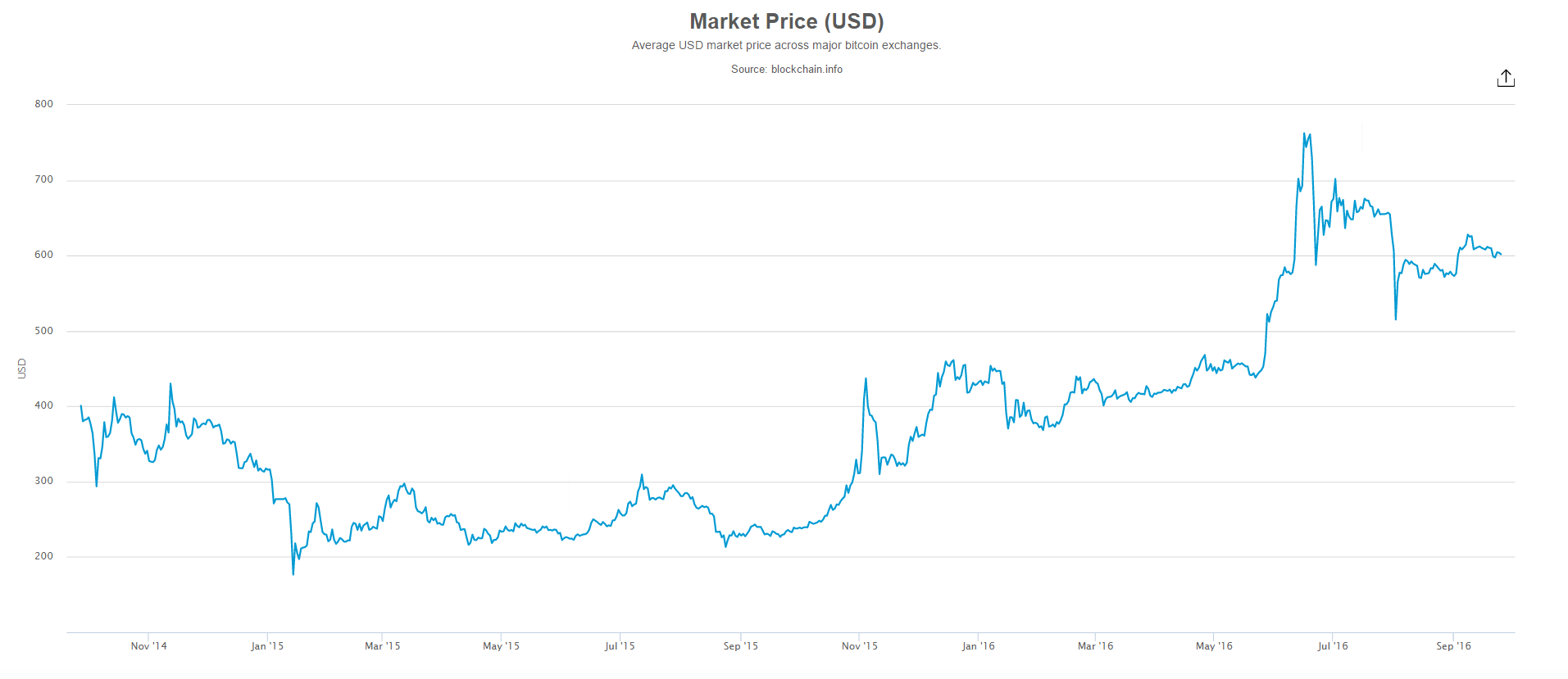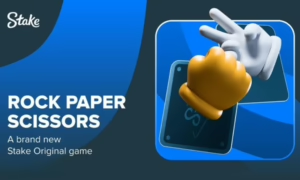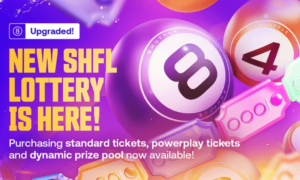MIT Bitcoin Experiment Yields Interesting Results

A recent article by the Boston Globe highlights the interesting results of an experiment that lasted 2 years. The experiment had, according to the article, “the goal of bringing the fringe currency into the mainstream”. To achieve this, the MIT’s Bitcoin Project gave away around $500,000 USD worth of bitcoin to undergraduates. If the goal of the experiment was indeed to bring the ‘fringe’ currency into the mainstream, then it would probably be more correct to frame it as a campaign or a project rather than an experiment. This is why taking the results of this project and analyzing them as if they were the results of an experiment, may shed more light onto the interaction of the average MIT undergraduate student with bitcoin, and possibly the views that everyone has about the bitcoin experiment in itself.
The Numbers First
From the Boston Globe article, it is possible to see that not all the eligible students actually signed up for the project. From those who signed up, some sold their bitcoin for cash, others used it for purchases and some others are still holding it. It is also interesting to put these results into context, so here are the results from the MIT project as reported in the article, coupled with a few other market indicators that should be taken into account:
- Of 4,500 eligible students, 3,110 signed up. That amounts to 69.1% of the eligible subjects approximately.
- Two out of five (that is 40%) of those who took part in the project, traded in their coins for cash. That amounts to 1,244 students.
- The final relevant figure in the article asserts that 14% of the students that participated, remain “die hard” bitcoin users (that is about 435 students).
- From the remaining students that participated in the project (1,866 – 435), it is uncertain how many are keeping their coins, are actively trading them (using them as an investment instrument) or shopping with them.
- It is possible to assume that the remaining students (1,431) are somehow using their coins to either send funds overseas or to actively trade/invest.
- Two years ago, the price of bitcoin was around the $400 USD mark.
- The price of bitcoin today is around the $600 USD mark.
- When the project started, the world was undergoing a shift in energy and commodity markets, with oil price dipping from around $100 USD per barrel to around $45 USD today, and gold already around 31% off its peak at around $1,250 USD per ounce then – today it hovers around the $1,335 USD mark.
- Since 2014, especially during 2015 and this year, bitcoin payment systems have improved and have become more wide-spread, with bitcoin ATM’s in more locations and more vendors accepting bitcoin.

The MIT Bitcoin Experiment in which there are More than 1 Correct Answers
Effectively the Boston Globe article starts out with a certain frame that draws the reader into a subjective interpretation of the results. The frame is to basically show how the ‘fringe’ currency didn’t gain a lot of traction among MIT students. This appreciation could be one correct interpretation of the results presented, but it is one of many. Others could possibly see in the results of the project, that even a crop of tech savvy individuals, behave more or less like the wider population when it comes to the way they view bitcoin. Facts show that most of the eligible tech savvy students at MIT opted out of the project either through abstention, (around 30% didn’t take the free money) or by selling their coins within the first month. Maybe a similar amount of people within the general population would also do the same.
The project could have also suffered from what was then a very clear and present danger: the Mt Gox debacle and subsequent reputation hit that bitcoin took. This might even help explain the massive sell off that the project experienced within the first month of its launch, with 40% of participants selling their coins. However, there might be other reasons that the project went the way it went, besides the prevalence of credit cards and other easy-to-access methods of payment.
Bitcoin Adoption and Blockchain Projects Added Prominence
Since the Mt Gox disaster and throughout the last 2 years – throughout the time-frame of the project – bitcoin and blockchain have become more prominent and accessible. The very same article asserts that more and more MIT students are choosing to focus their studies on blockchain, and more vendors are accepting bitcoin now than back then. Even the legal framework within which the use of bitcoin is allowed has improved by leaps and bounds.
MIT Students: Just a Sample of Society and Human Nature
Nevertheless it is interesting to focus on what was happening back then, when the project started, to try and understand why the numbers seemingly suggest that not even among those tech savvy MIT students, there is enough traction for bitcoin to come out of the fringe. First and foremost, the project was launched at a time of seismic economic shifts, which might have influenced the decision making of these students. Their own perspective must have changed since then, but with an asset as volatile as bitcoin in their hands, 40% of the participants might have felt that cashing in immediately would be the best choice. Time proved them wrong.
Those who kept their coins and spent them, might have taken it as a ‘free lunch’ so to speak. They could have succumbed to the urge of taking their reward now instead of waiting, which in hindsight only gave them about 2/3 of the utility they could have gotten now. Those who became active bitcoin users – 14% or around 435 students – may have a different approach to life, the economy, society and politics than the average person; they might belong to a string of libertarians who represent about half of all bitcoin users.
Those who are still holding on to their coins or have been trading actively, might have taken their coins not as a lottery ticket necessarily, but rather as an investment instrument upon which they can build some capital gains. Those who kept their coins without trading have one strategy and those who have been actively trading have another. Within the traders, some might not even view bitcoin as a ‘fringe currency’ but rather as a commodity.
Any analyst can come up with a number of reasons why this project – or experiment, depending on where you stand – yielded the results it did. Nevertheless, in the simplest terms possible, the results might be an accurate reflection of the diversity of views there are vis-à-vis the bitcoin experiment. Some will disregard it as just a fringe movement, others will take it as the money of the future. A number of people will believe that it is a good instrument to invest with or hedge against market risks, while others will decide to believe in a trustless system rather than in the traditional system of trust in government, banks and fiat currency. The interpretation of the results can be as varied as the attitudes towards bitcoin itself. So what do you think about bitcoin and this experiment?
Click here to read the Boston Globe article about the experiment.







